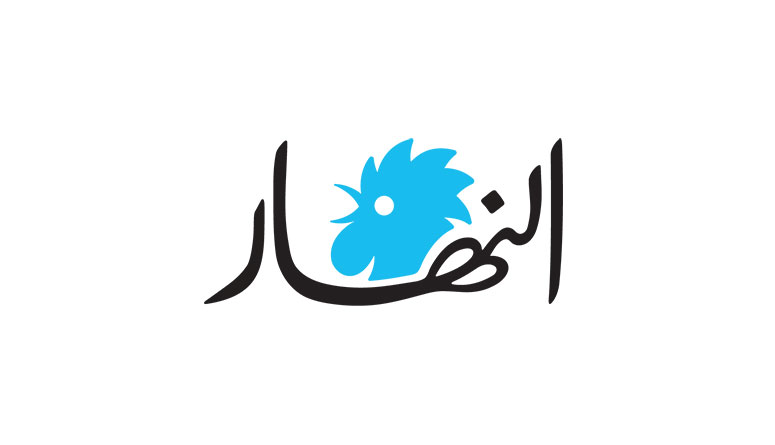In the ever-evolving landscape of the modern workplace, gender dynamics exert a profound influence on the daily experiences and professional trajectories of individuals. While strides towards gender equality have undoubtedly been made, persistent disparities persist, intricately woven into the fabric of professional interactions and outcomes. As we navigate this complex terrain, it becomes increasingly evident that recognizing and understanding these nuanced differences is essential for cultivating environments where every employee is afforded equitable opportunities, treated with dignity, and empowered to advance.
In the contemporary workplace, the gender wage gap stands as a prominent and persistent issue, with studies consistently revealing disparities in pay between men and women performing comparable roles. This gap is influenced by a myriad of factors, including occupational segregation, discriminatory practices, and disparities in negotiation strategies. To effectively address wage inequality, proactive measures are imperative, such as establishing transparent salary structures, conducting equal pay audits, and fostering negotiation skills among all employees. Also, the under representation of women in leadership positions underscores gender imbalances within organizations, limiting both career advancement opportunities for women and the diversity of thought and decision-making within leadership circles. Initiatives aimed at mentoring and sponsoring aspiring female leaders, alongside the implementation of quotas or targets for gender diversity in leadership roles, offer promising avenues for bridging this gap. Moreover, the perpetuation of gender stereotypes and biases within workplace culture further exacerbates disparities, creating hostile environments that hinder professional growth and well-being. Prioritizing diversity and inclusion training, facilitating open dialogue on gender-related issues, and establishing robust mechanisms for reporting and addressing discrimination or harassment are essential steps in fostering a more inclusive work environment. Beyond these systemic challenges, societal norms and expectations continue to shape gender dynamics in the workplace, influencing career choices, work-life balance decisions, and perceptions of competence and leadership potential. To dismantle these constraints, concerted efforts are required to challenge stereotypes, provide support for work-life integration, and promote inclusive leadership practices that value diverse perspectives and experiences.
In today's workplace, in wrapping up, it's evident that the variations between men and women in the workplace are complex and firmly rooted, mirroring larger societal beliefs and structural imbalances. To tackle these discrepancies effectively, a comprehensive strategy is needed, encompassing policy revisions, cultural transformations, and initiatives to empower individuals. By cultivating inclusive environments that acknowledge and appreciate diversity, organizations can unlock the complete capabilities of their workforce. This not only fuels innovation and productivity but also fosters sustainable growth in the constantly changing realm of the modern workplace. In essence, by embracing these principles, we pave the way for a more equitable and prosperous future for all.

